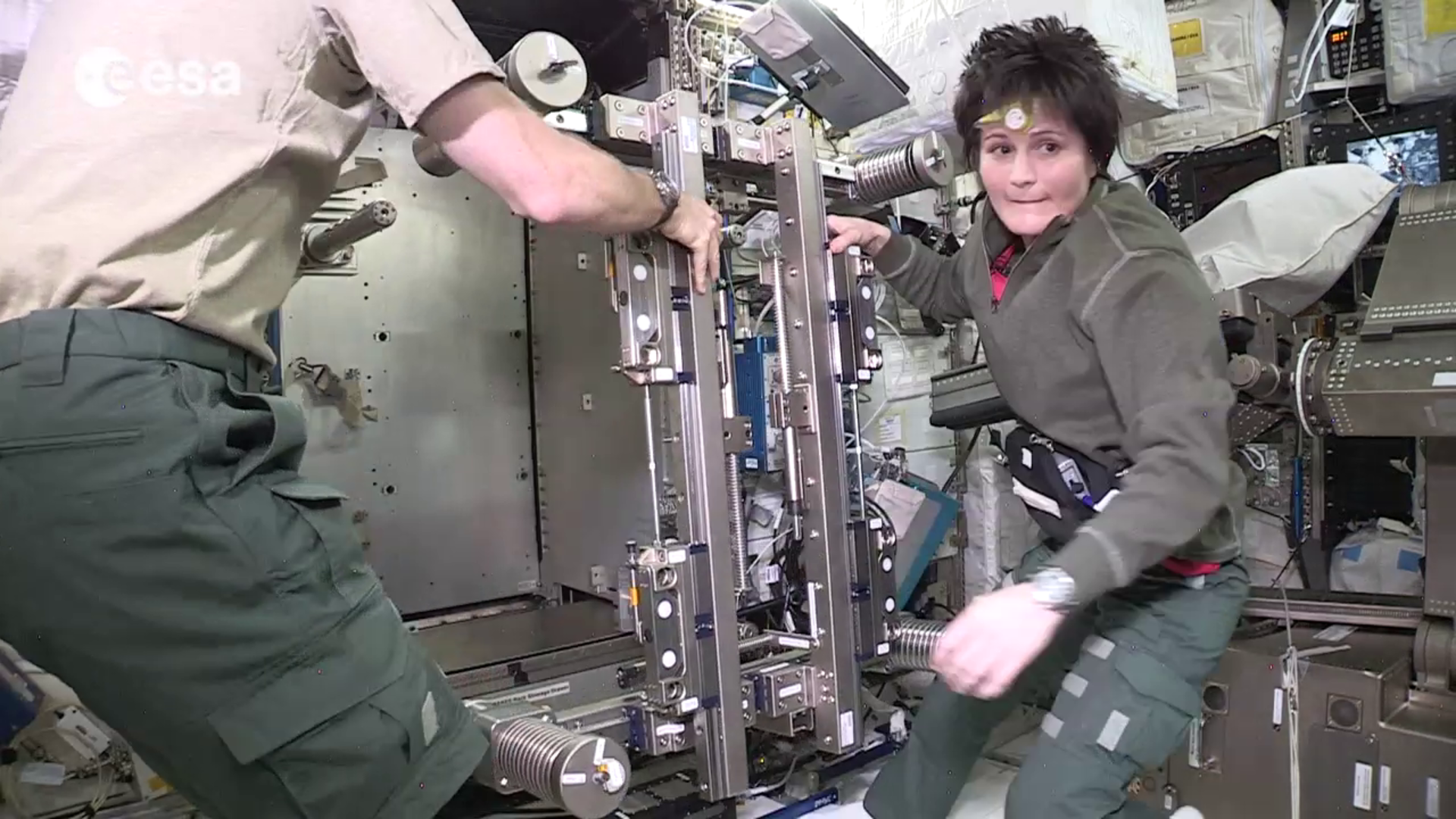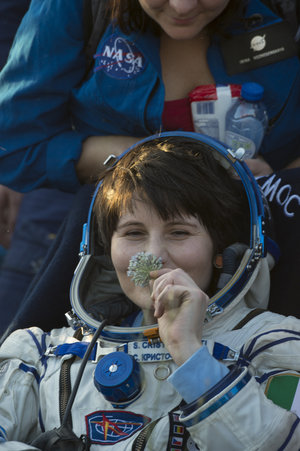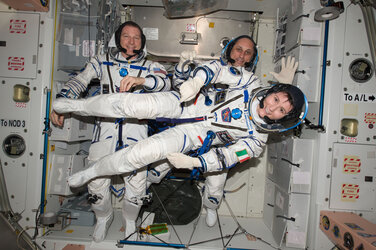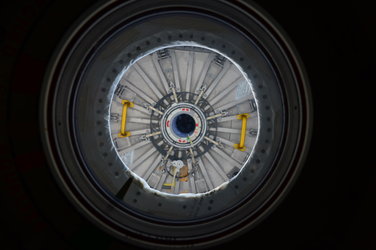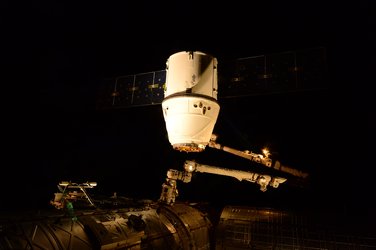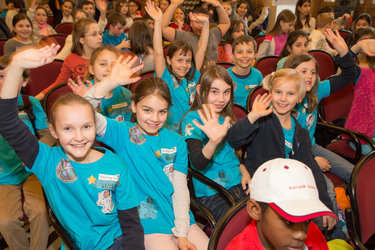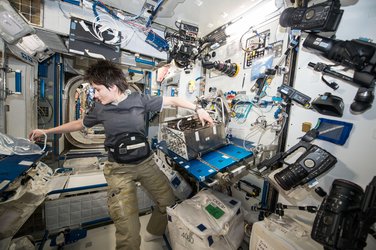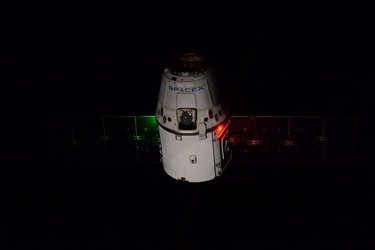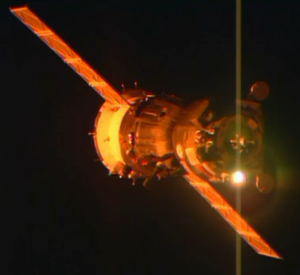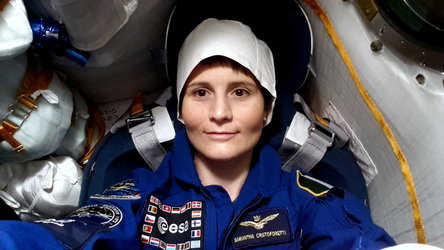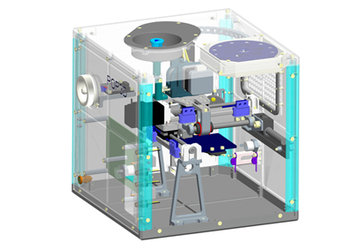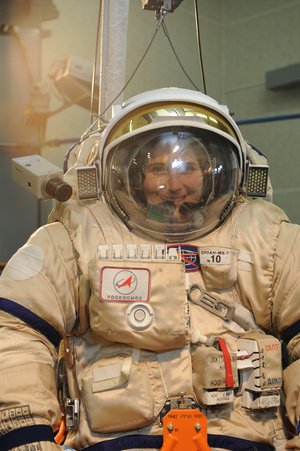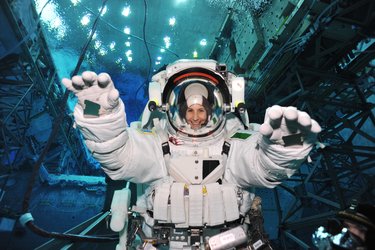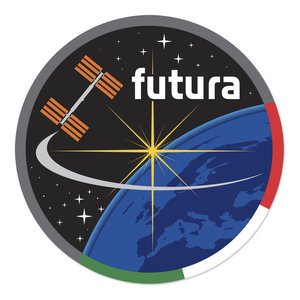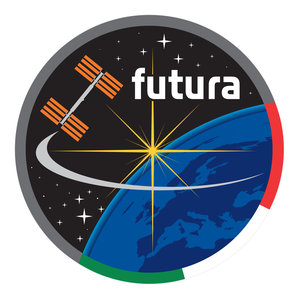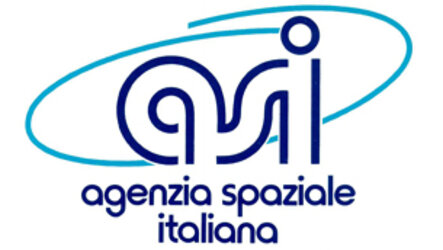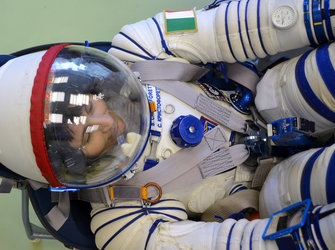Space Station Science
Four years of training, an exciting launch strapped to 274 tonnes of rocket fuel, docking two spacecraft travelling at 28 800 km/h and living in one of the most inhospitable environments known. Space agencies would not consider these awe-inspiring efforts without the unique opportunity for conducting science on the microgravity laboratory that is the International Space Station.


Access the video
For centuries, scientists have tinkered with variables in laboratories to understand natural phenomena. They can raise temperatures, increase pressure, adjust lighting, add water, remove oxygen and even create a vacuum. But until spaceflight, scientists could not remove the hold of gravity from their experiments for more than a few seconds at a time.
The Space Station offers scientists a fully equipped laboratory to run experiments that could never be done on Earth. From being a test subject to running intricate metal furnaces, ESA astronaut Samantha Cristoforetti had a full roster of science during her Futura mission.
As much time as possible is spent on science during her 40 hour working week. She will run many experiments from Italy’s ASI space agency and ESA, but will take part in even more from scientists all over the world. Many are continuations from previous Expeditions – the longevity of the International Space Station is part of what makes it so special for scientists.

Other platforms allow scientists to experiment with weightlessness but only the Station can offer continuous access to microgravity. This allows experiments to run for many months or be repeated with many test subjects.
The Station’s orbit is lower than most satellites but still above our atmosphere. Its constant presence above our planet offers a platform to test equipment and run experiments. From launching miniature satellites to testing signals received from fishing vessels, from recreating Mars’ atmosphere to observing our Sun, the versatile Station offers scientists from all disciplines the world over a unique place to conduct science for the benefit of all.
Click the pages to the left for the ESA experiments Samantha conducted during Futura. Visit the International Space Station partner agencies and the ASI websites for their experiments.














 Germany
Germany
 Austria
Austria
 Belgium
Belgium
 Denmark
Denmark
 Spain
Spain
 Estonia
Estonia
 Finland
Finland
 France
France
 Greece
Greece
 Hungary
Hungary
 Ireland
Ireland
 Italy
Italy
 Luxembourg
Luxembourg
 Norway
Norway
 The Netherlands
The Netherlands
 Poland
Poland
 Portugal
Portugal
 Czechia
Czechia
 Romania
Romania
 United Kingdom
United Kingdom
 Slovenia
Slovenia
 Sweden
Sweden
 Switzerland
Switzerland


























